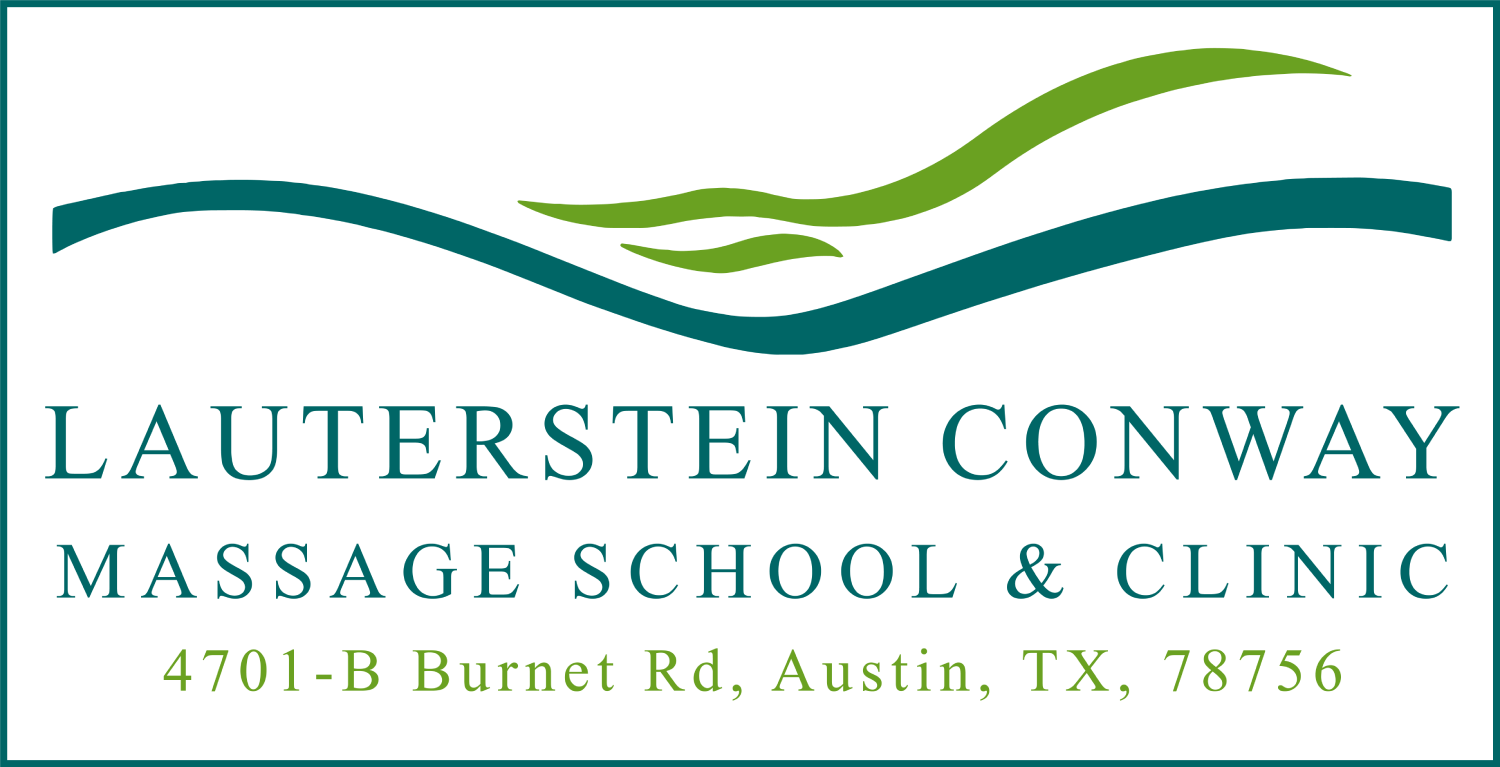 Tim Sullivan is a yoga teacher and massage therapist in training. You can find him at www.timyasa.com and americainshort.com.
Tim Sullivan is a yoga teacher and massage therapist in training. You can find him at www.timyasa.com and americainshort.com.
Yoga and massage, both body arts, are part of an ever intertwining and interweaving web. Correct biomechanics allow us to practice these two modalities with healthy longevity, and without necessarily sweating all over our mats and clients. Yet proper biomechanics don’t stop at musculoskeletal alignment or simply finding the right pose.
There is a more subtle energetic alignment that connects with the breath and helps us to move energy through our own bodies and transfer grounded, connected energy to the client.
My Tuesday morning yoga class is always packed with soccer moms, the self-employed, and the fun-employed. As holiday breaks come along, friends of regulars accompany them as well. I remember around this time last year when an off-season professional football player came to my class with his 64 year old mother. He made off-hand scoffing comments about how yoga is somehow a lesser form of exercise and that his toned muscles and inconceivable amount of training hours have not only prepared him for class, but made it so that in no way would he be physically challenged. “Maybe it will help my knee thing though,” he said to me as if to say that class would not be a total waste of his time.
 I took my usual favorite strategy in this situation and surrounded him with senior citizens whom I know attend class often. In the first 10 minutes, as those old fogies around him were gracefully flowing from posture to posture, even in and out of an arm balance or two, he was huffing and puffing, looking for the closest Mexican blanket on which to wipe his perspiring brow.
I took my usual favorite strategy in this situation and surrounded him with senior citizens whom I know attend class often. In the first 10 minutes, as those old fogies around him were gracefully flowing from posture to posture, even in and out of an arm balance or two, he was huffing and puffing, looking for the closest Mexican blanket on which to wipe his perspiring brow.
And why is that? Why is it that a man in top physical condition who can outrun and outlift, and twice outweighs these ladies, whose arms are the size of the ladies’ waists, so struggles to hold a simple posture? His muscular-skeletal alignment is correct, his breath is present, yet he seems to be working ten times as hard.
It comes down to learning efficiency of action. These ladies knew what to engage, what to release, and how to energetically work with the musculature to sustain a pose, and use their power from their core, with breath, to find more depth. It’s the difference between standing comfortably, knees slightly bent, skeleton stacked, belly-button lightly engaged toward the spine, as opposed to pressing the feet into the ground, locking out the knees, engaging heavily the muscles of the legs, holding the breath and engaging the musculature of the entire torso.
Yes, both positions are simply standing, but one works with body, breath, and gravity to be completely comfortable while the other works against it.
How do you get really great biomechanics for massage? Find this same efficiency of action. Learn to let everything emanate from the core. As massage therapists, as much as we can learn the musculoskeletal alignment behind how to keep the back straight, bend the knees, we need to also find the energetic alignment behind each action. We need to become in tune with our own breath in order to work with the ebb and flow of our own bodies.
Find yourself sweating through a massage? Check your biomechanics. Are your feet grounded? Are your knees bent? Spine straight? Still sweating? From where does your force emanate? That becomes the question. Is your energy coming from pushing down through the hands, an overly heavy bend in the knees, “muscling” your way through techniques, or can you find that light drawing into your center with every exhalation, and let every inhalation emanate energy from your core through your extremities to the client. This form of action works with the ebb and flow of the breath, and just as the ebb and flow of the ocean has the power to take down entire cities, finding this risingl/falling action in our bodies can have incredible force, and with ease.
This form of using our bodies is the yoga of massage. Begin to work with that efficiency and even on the most subtle level, you and your client will leave the session far more grounded, connected, and blissful, and hey, it might help that knee thing too.
